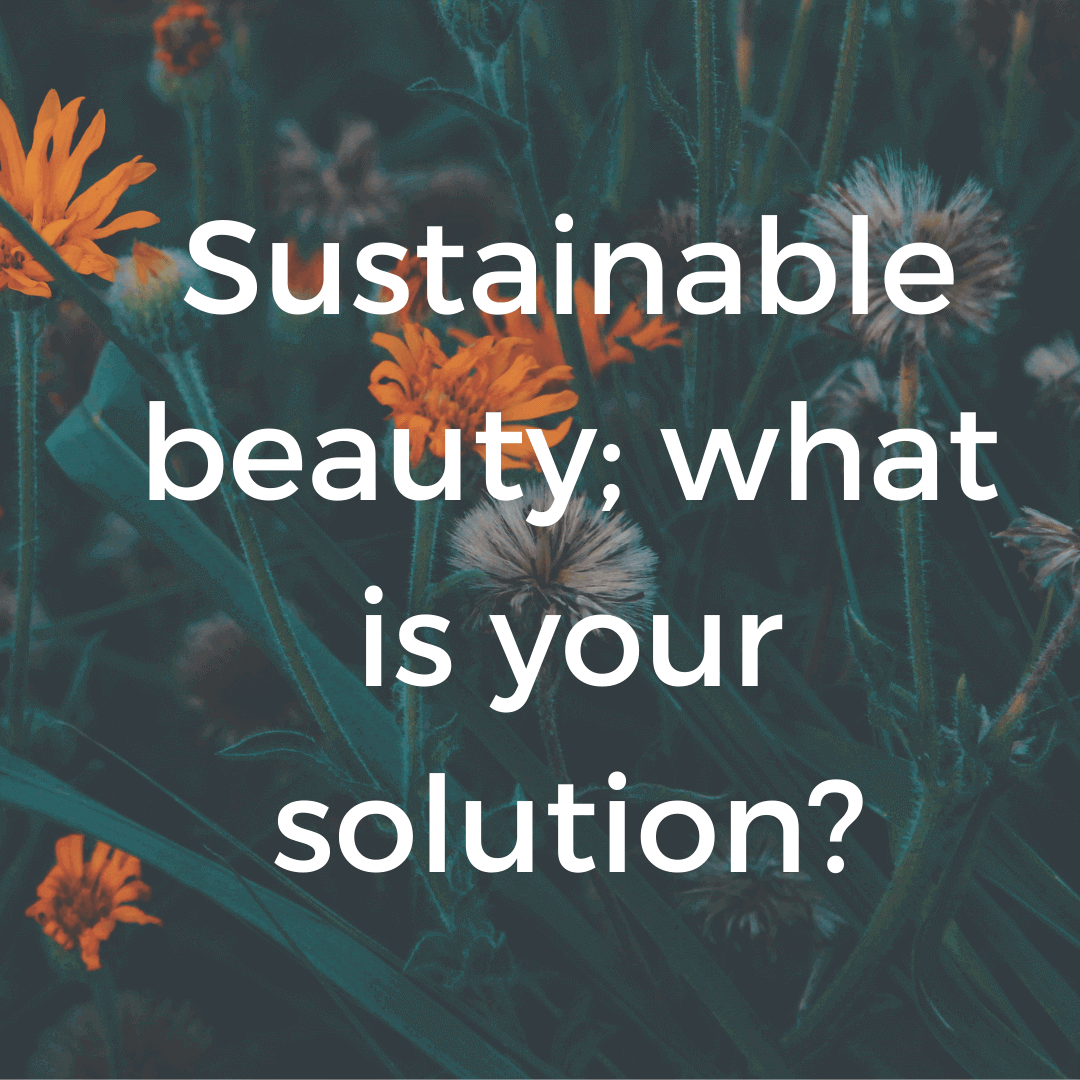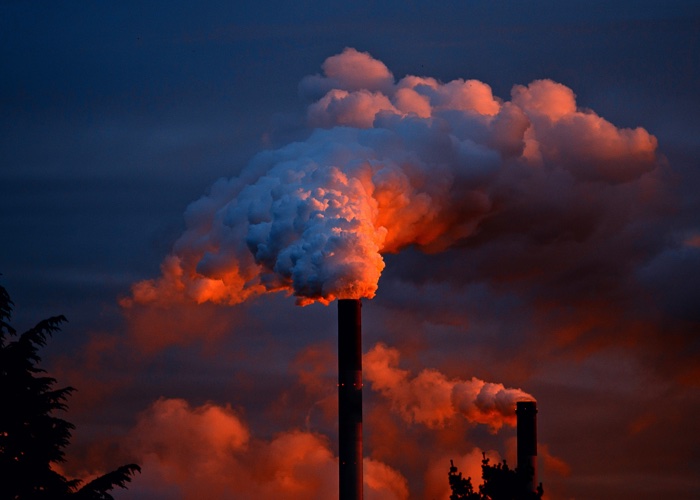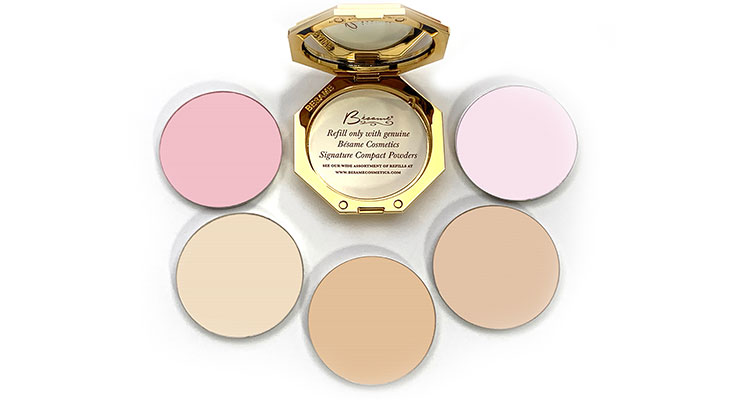
Sustainability in beauty: what is your solution
When looking for sustainable solutions in beauty, I realised there was a lot of contradictory information, biased opinions, and a very diverse range of incompatible solutions. And you wouldn’t know they were incompatible until you tried them.
Hence developing a content to provide clarity and cut through the noise!
Do you find the same with your marketing and product development job? You have to find sustainable solutions and implement them while keeping the cost at bay? Are you being successful? Are you allowed failures?
I probably did the same as you: asked around, found a lot of information, but nothing was related to the challenges of the beauty industry? It was too broad. And most content was biased; meaning coming from one source who had interest in selling a particular solution.
What if you could find in one place, all the answers you need about sustainability and product development? for beauty: make-up, perfume, skincare, haircare and personal care.
We are starting with a course on sustainable packaging development, do decipher this aspect. It’s live now on a pilot version and will be launched again on the 4th of October.
We will also release a course on sustainable formulation for beauty towards the end of the year.
Will you join us?
OUR PICK OF THIS WEEK'S NEWS
Gotcha! Carbon recycling’s role in greening beauty
Why it’s interesting?
Carbon recycling captures carbon and provides an alternative to traditionally fossil-derived materials – and the beauty industry is exploring the benefits! For example, last year, L’Oréal announced the creation of a bottle made using polyethylene (PE) from captured and recycled carbon emissions, and revealed its intention to commercialise this bottle by 2024. Similarly, in May, BASF announced it was now able to produce, at laboratory scale, n-octanol (a fatty alcohol used in cosmetics) that is derived from the industrial emissions of carbon monoxide and hydrogen.
Key Takeaways:
- Carbon recycling has multiple benefits
- Huge benefits to be made with collaboration and technology
- There is movement towards a circular economy

Shall the beauty business model change, and launch less products?
Why it’s interesting?
Indie brands claim that the way forward is to develop less product and only the necessary and relevant one. I talked about beauty schizophrenia, in the introductory course because this is exactly the case here. Beauty brands who didn’t exist 3 years ago, are claiming we should stop launching new products... Anyway my take is that we live in a material world in which people are over saturated with messages and thanks to communication a product performs well at launch but interest degrades over time. Innovations keep the message interesting and the consumers engaged. So what do we do now? Launch less... I agree, but how do we keep the engagement… dunno
Key Takeaways:
- Think about necessity of product before launching
- Develop sustainably in packaging and formulation
- Fast and cheap shouldn't be the model anymore
https://www.beautyindependent.com/sustainability-beauty-industry-rethink-flood-new-products/
The refillable trend is gaining momentum in make-up too
Why it’s interesting?
Make-up packaging is challenging in shapes, finish and safety of the formula. So making it refillable is a complex idea. “it was a challenging design to produce because of the many facets in the octagon and the stair-step design in the lid” said Grabiela Hernandez, founder. The article also explains how the solutions were not available before, and have come into the market now to develop such products.
Key Takeaways:
- Base packaging made in zamac
- Refillable for powders, highlighters, blushes
- Desire to switch the entire range to refillable or low-waste solutions


